RÊVERIE
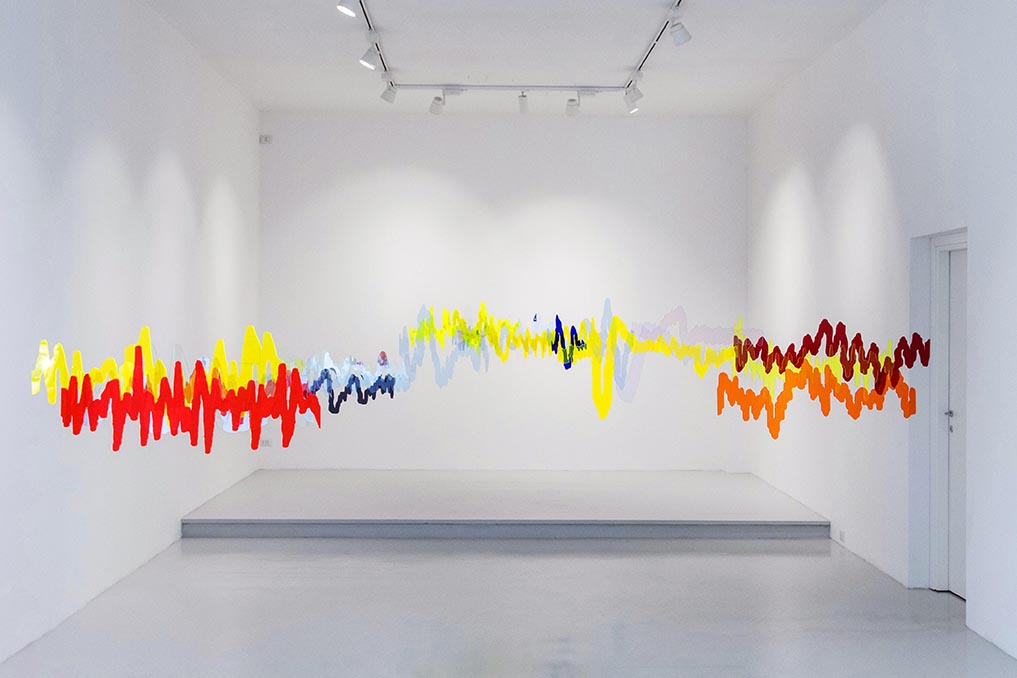
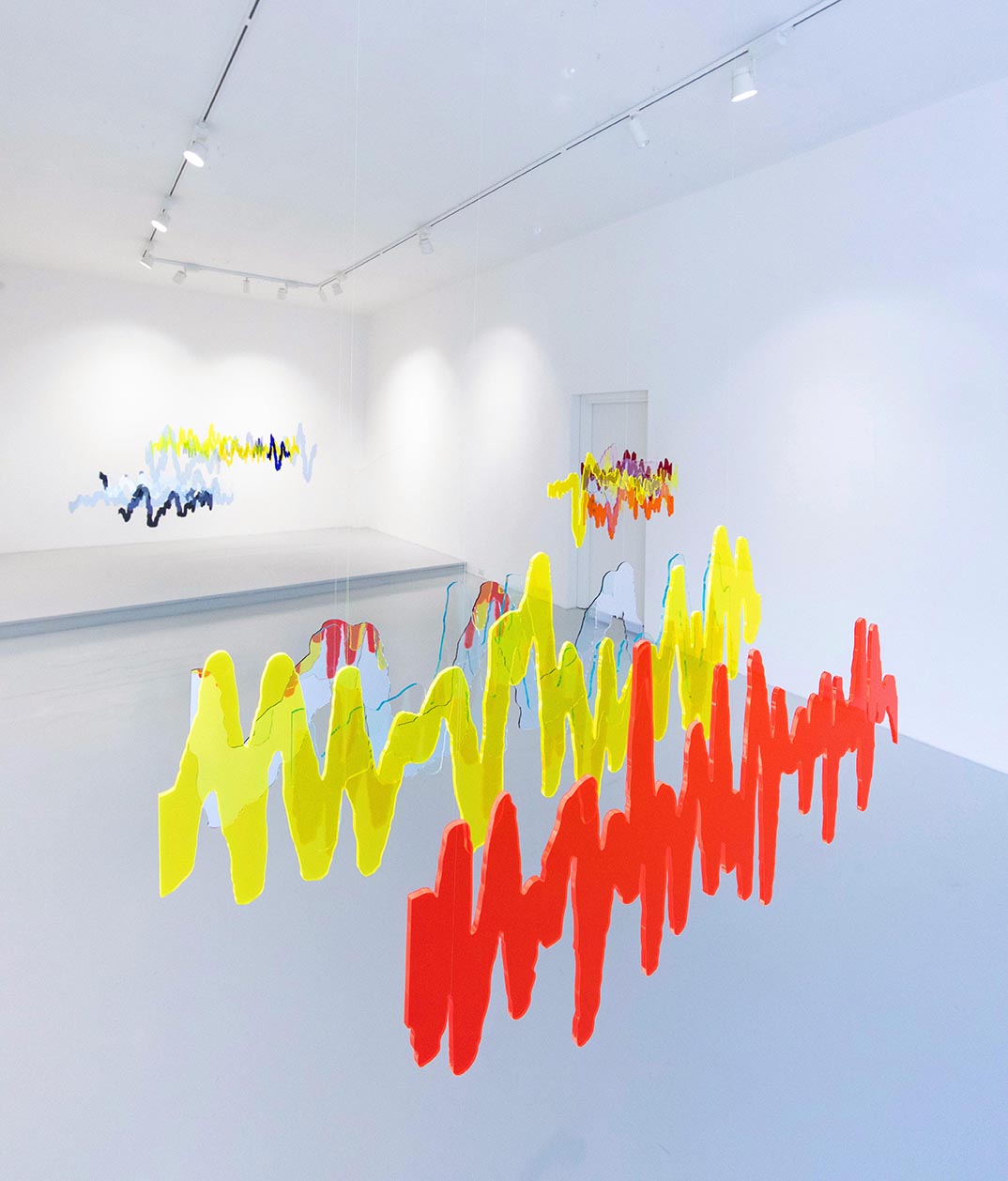
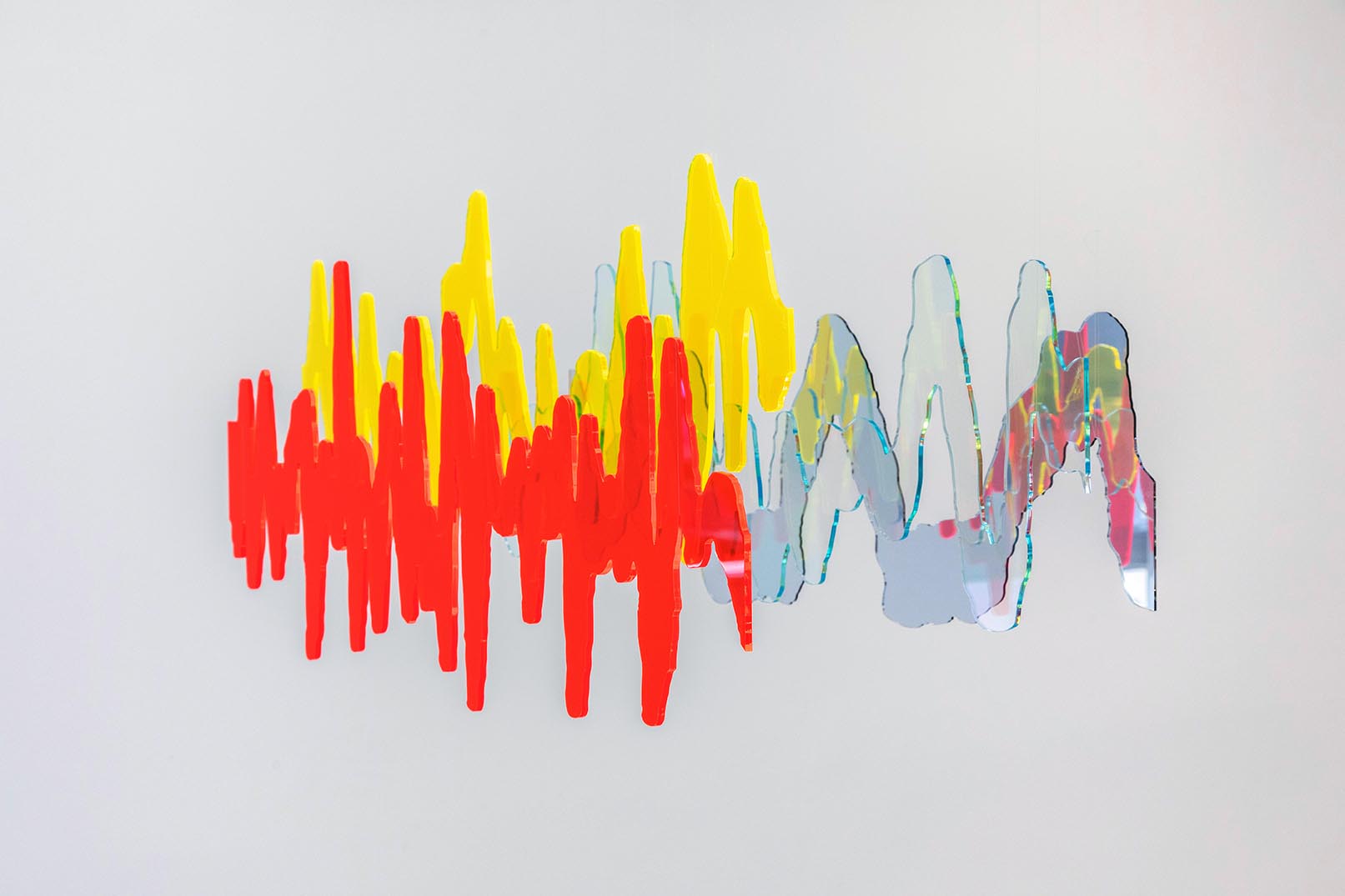
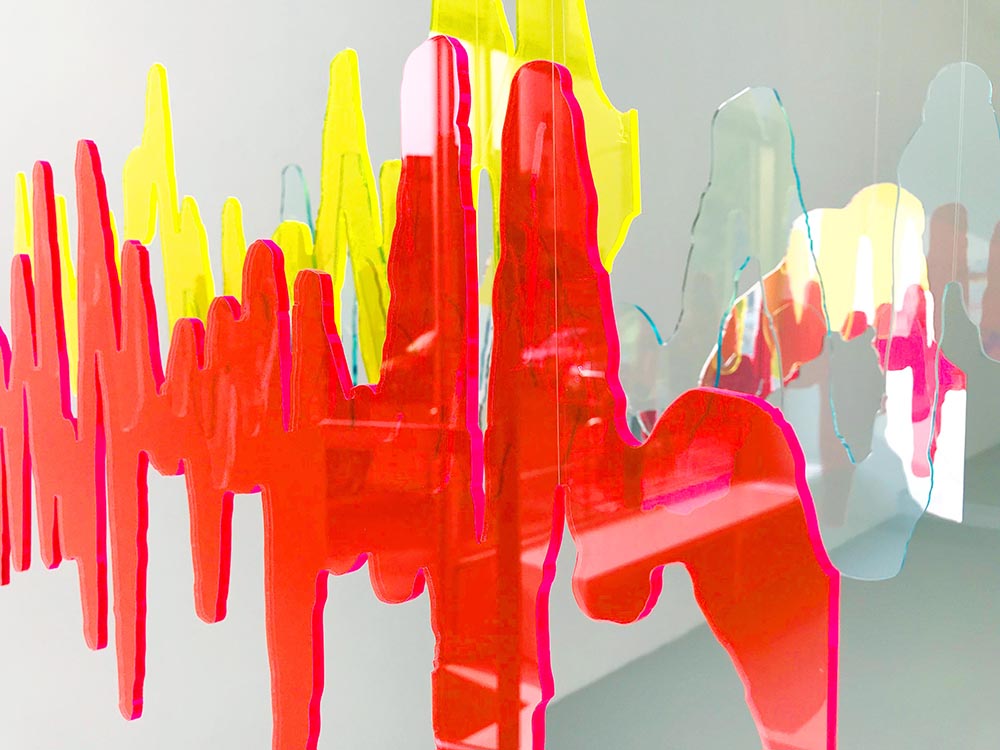
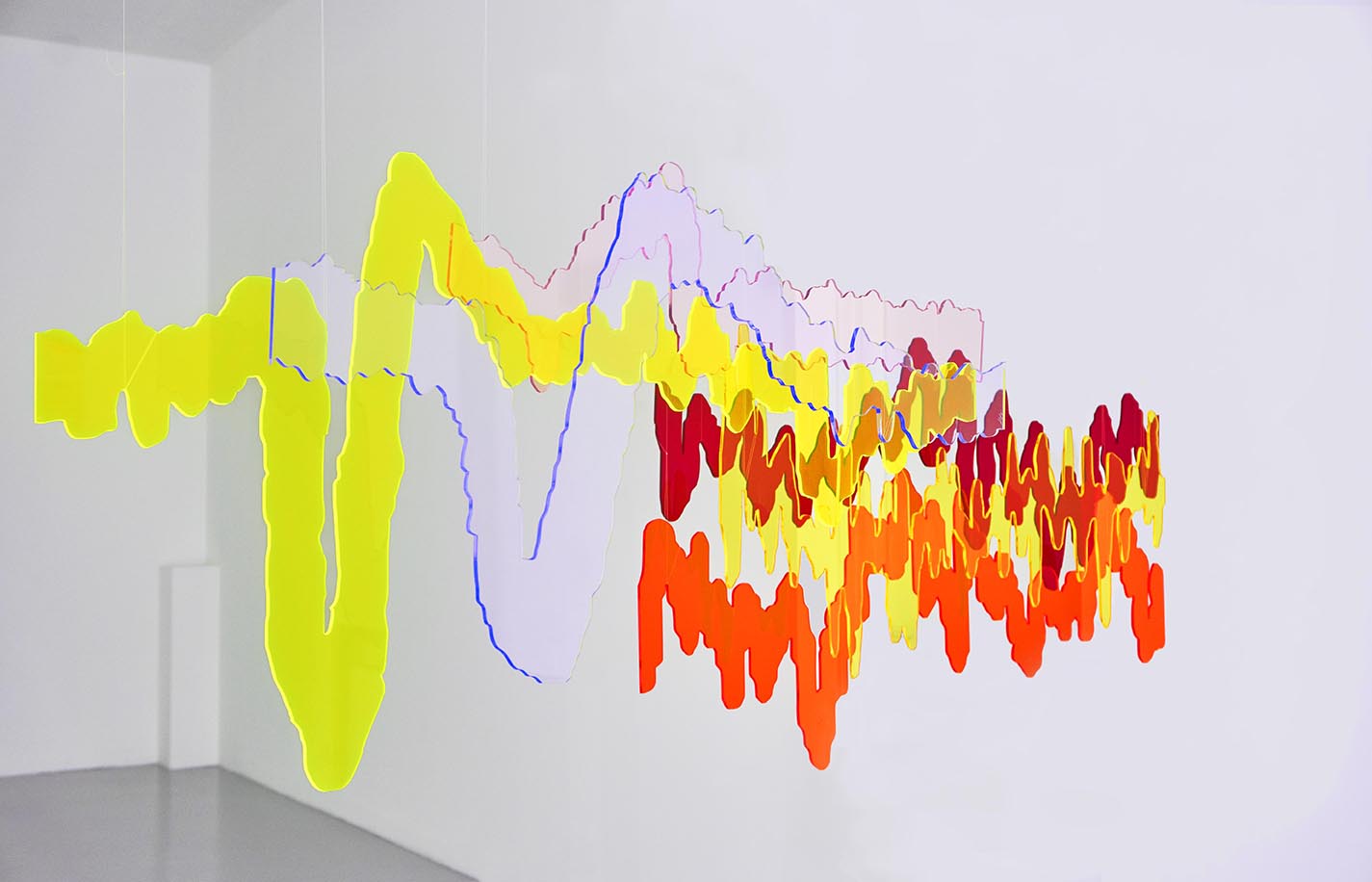
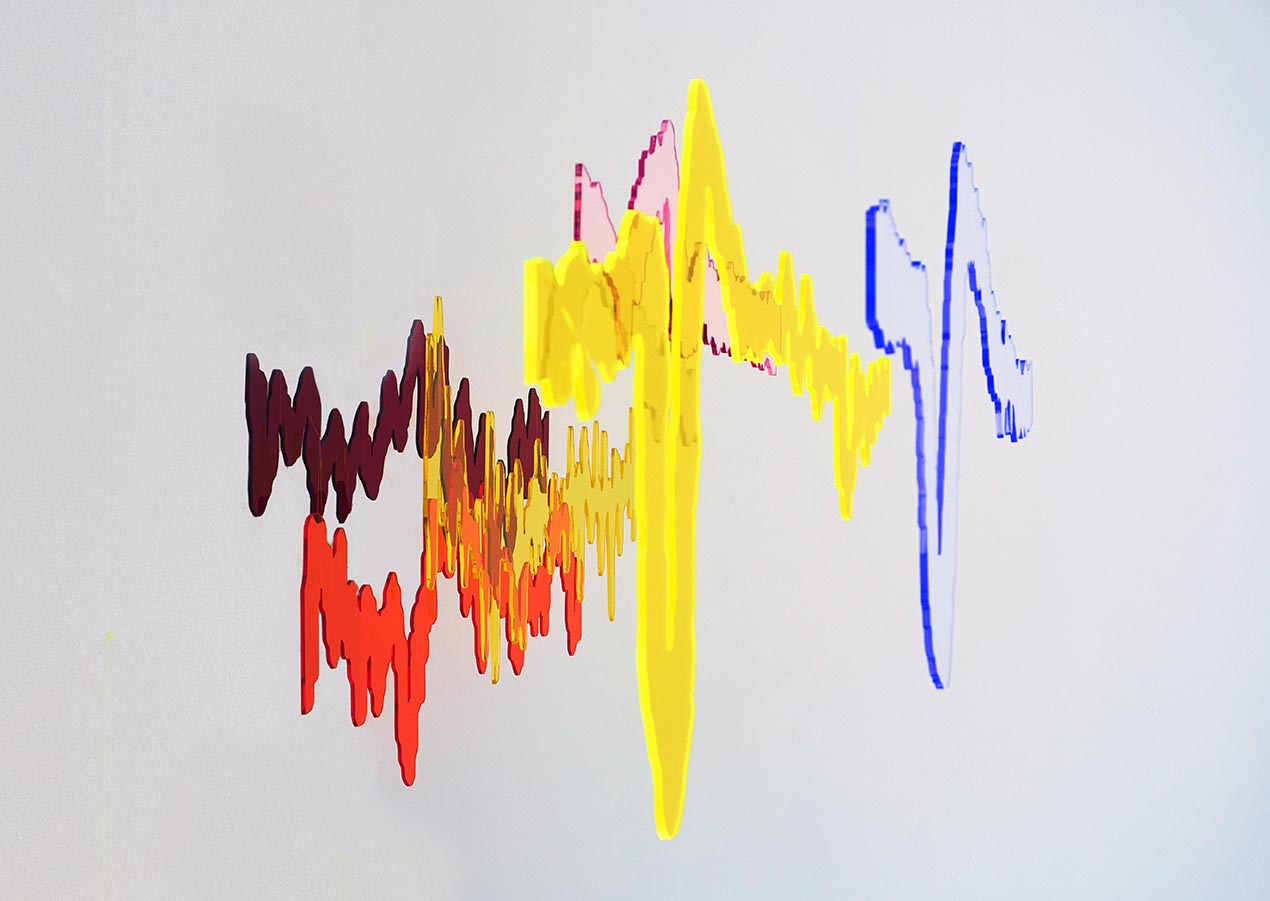
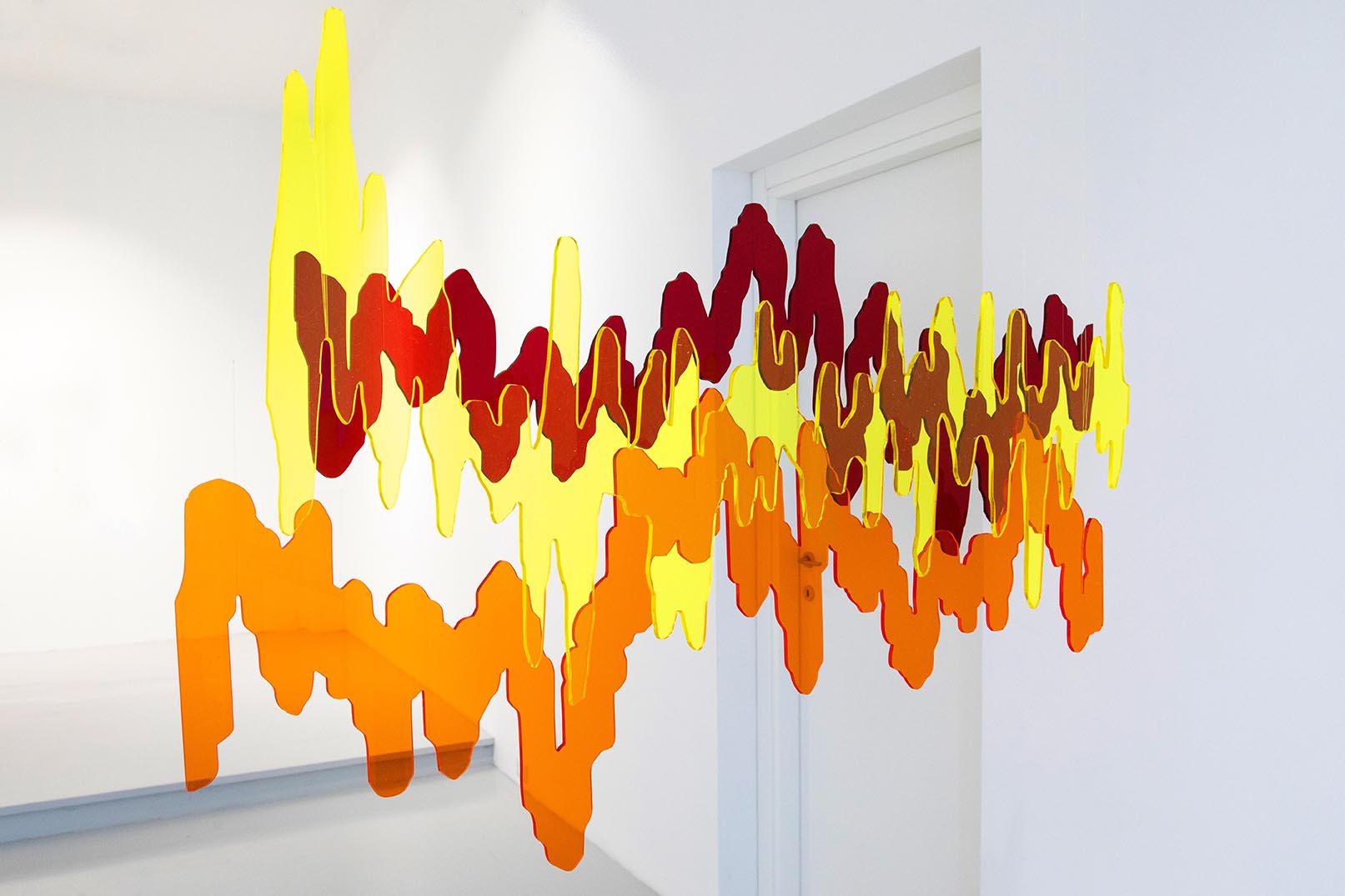
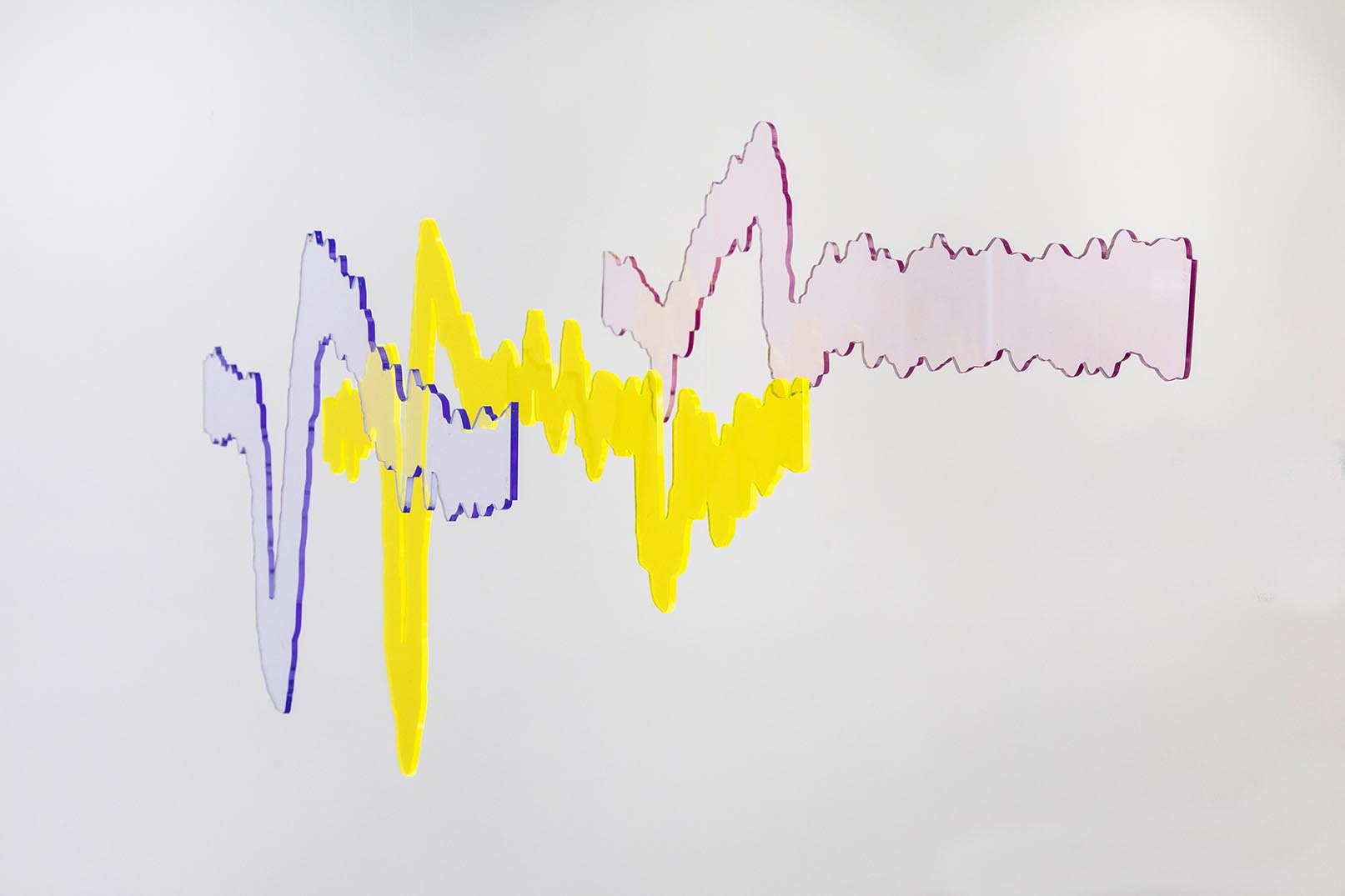
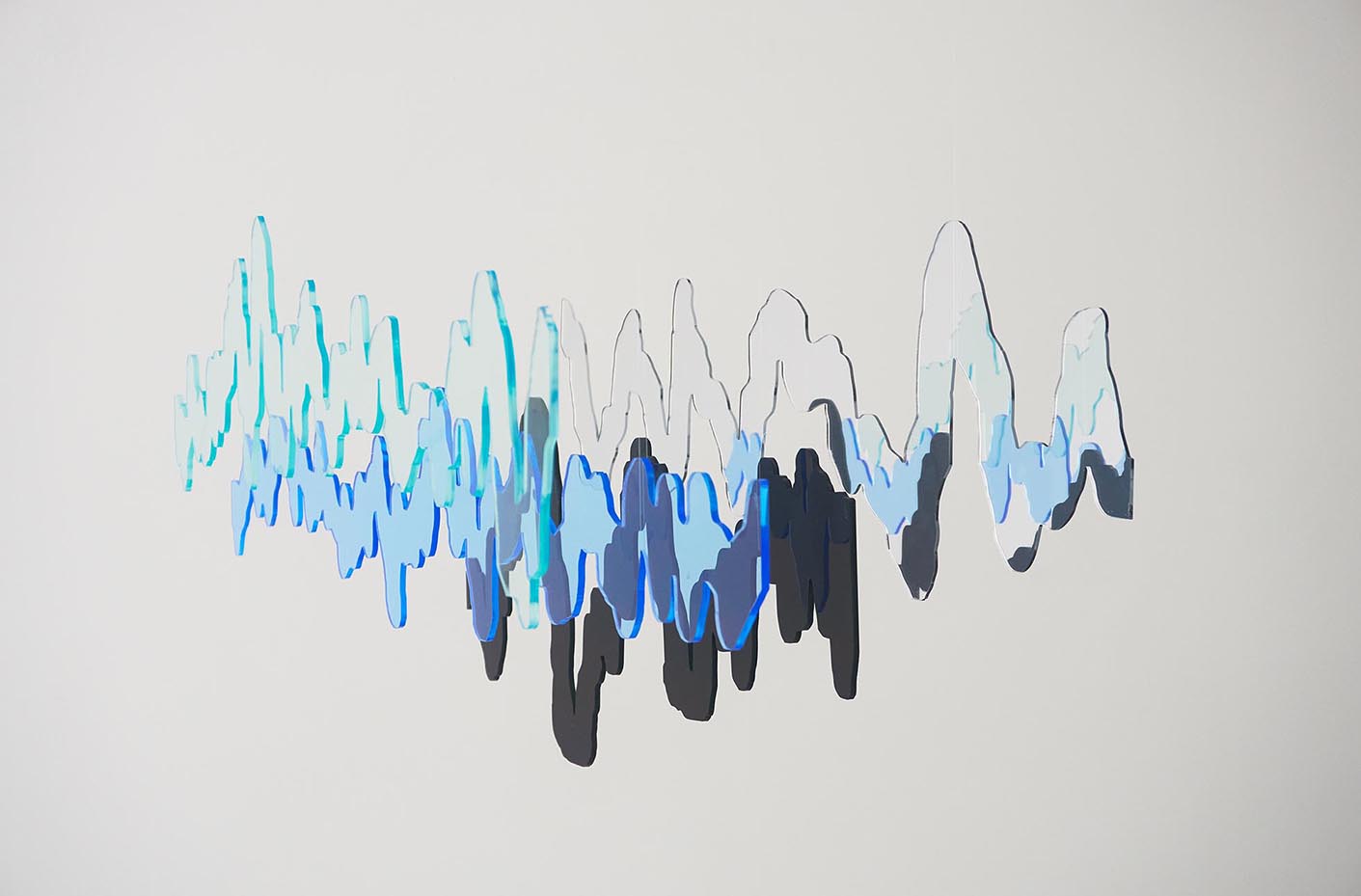
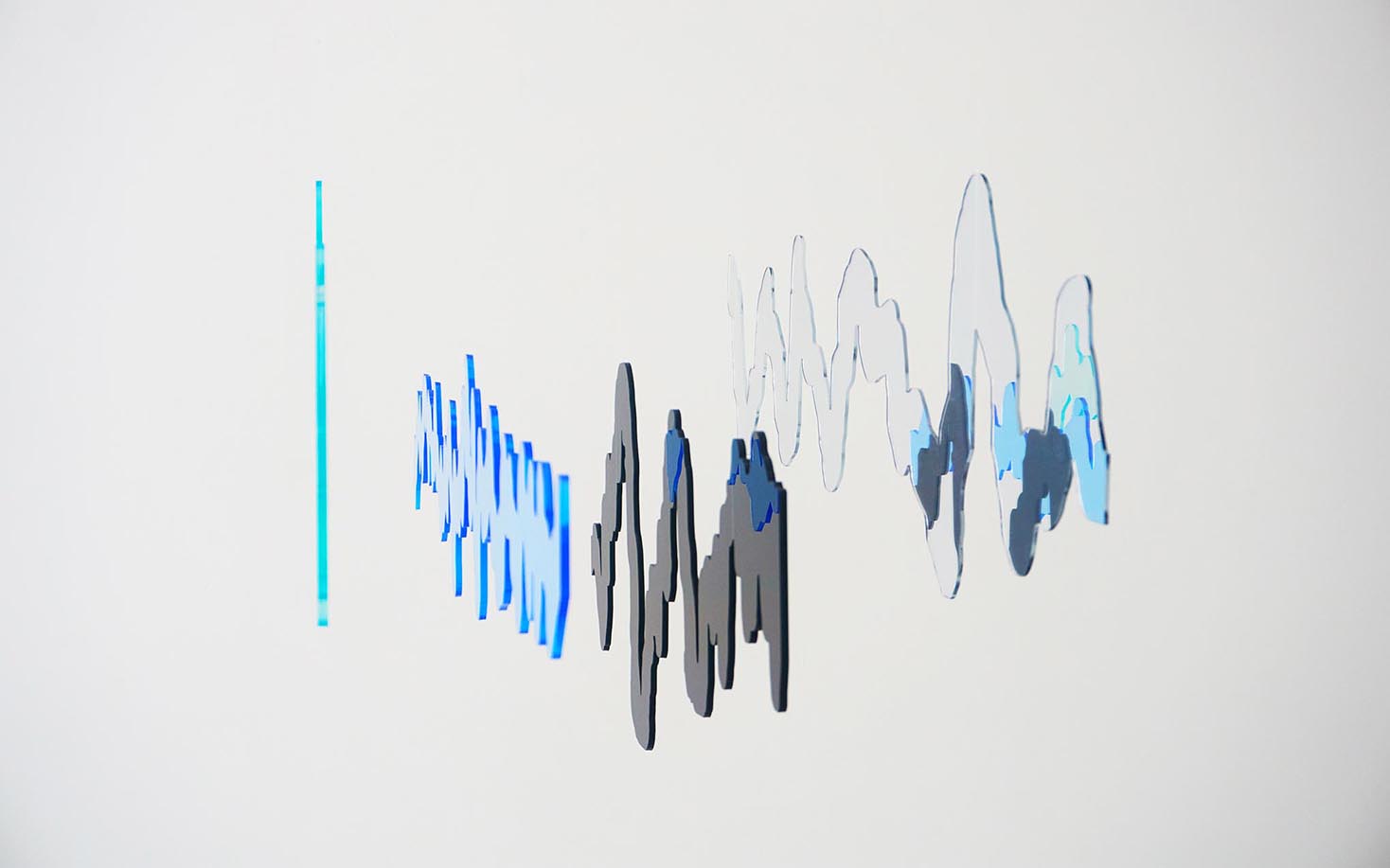
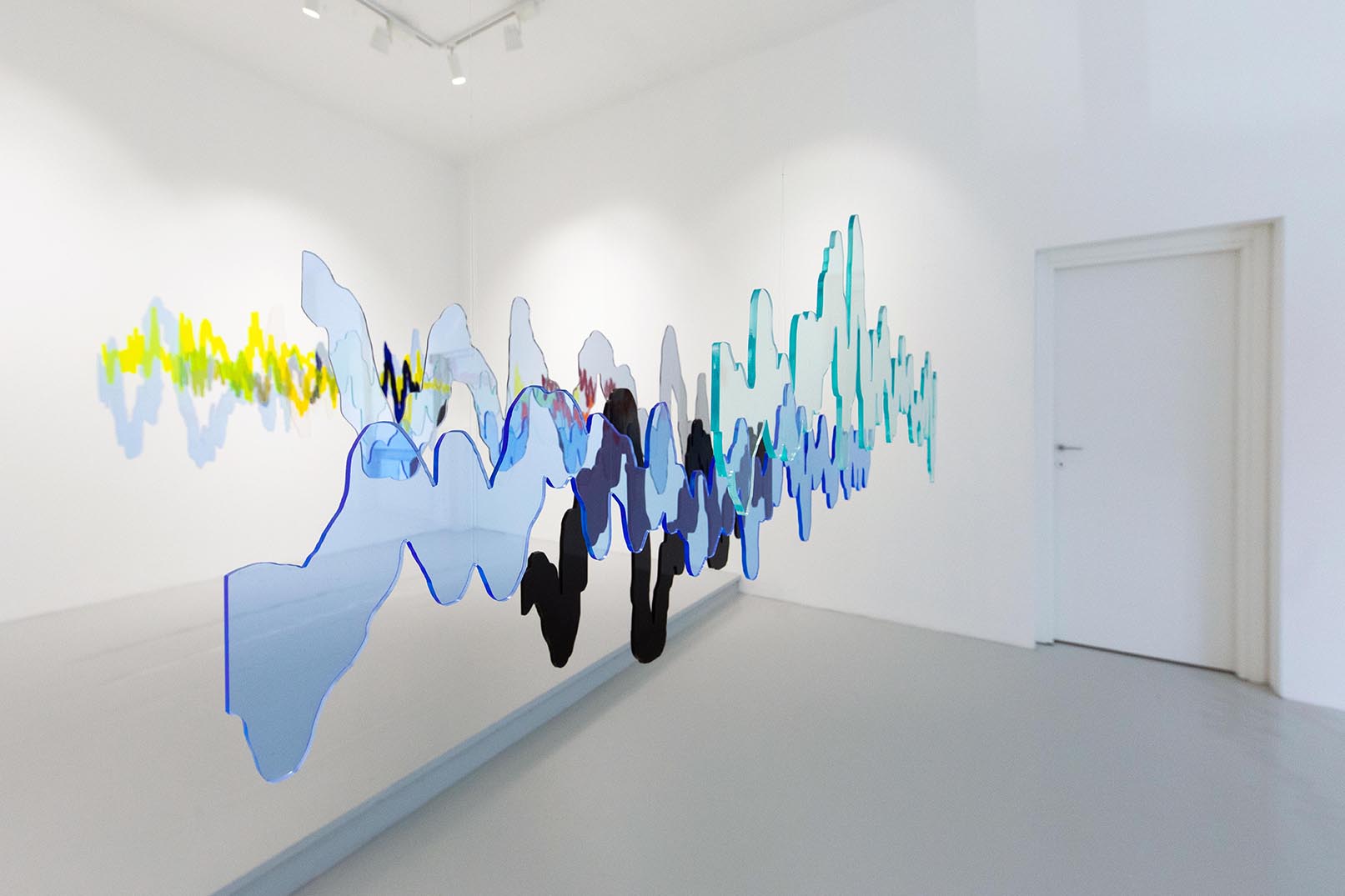
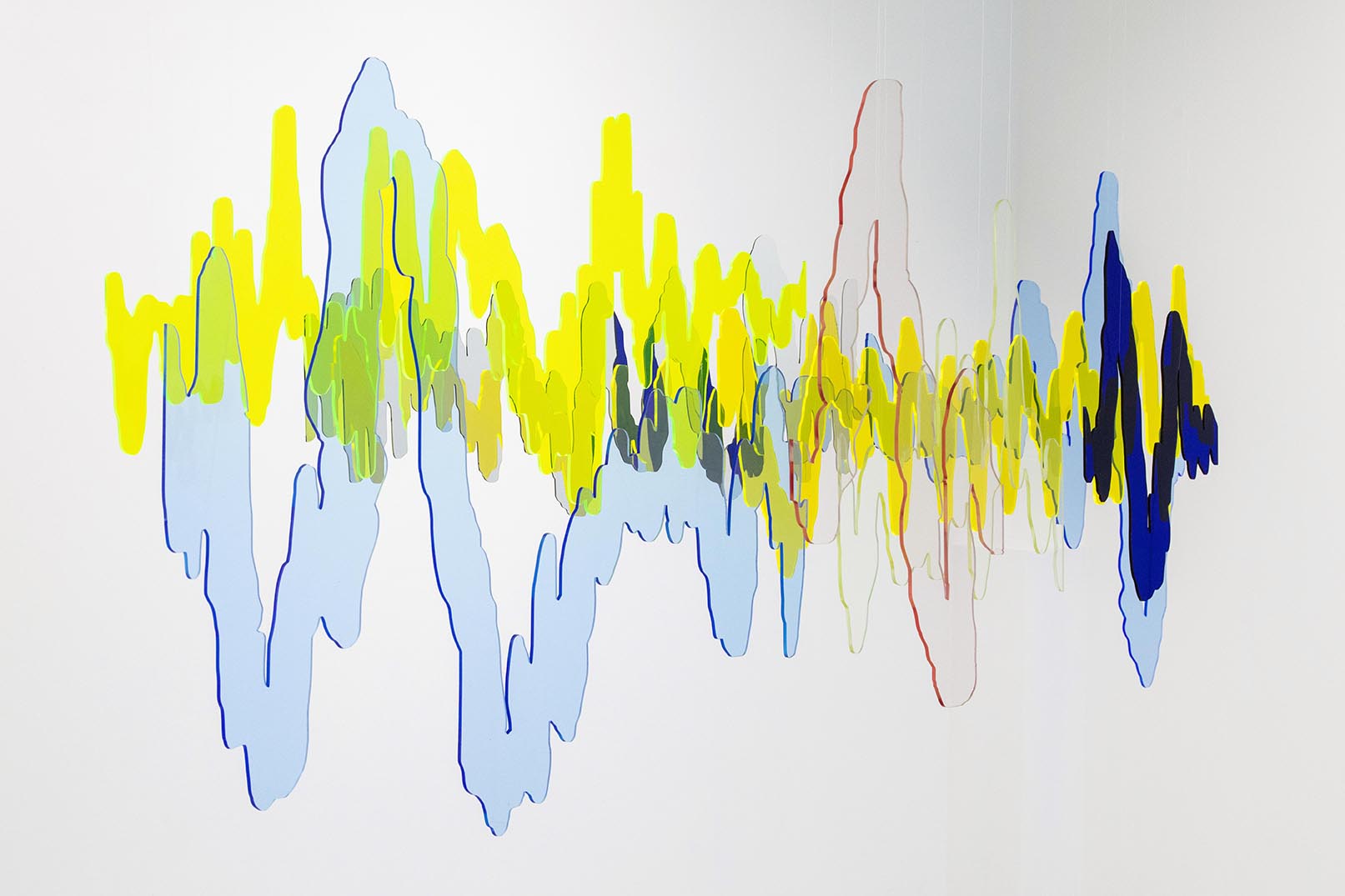
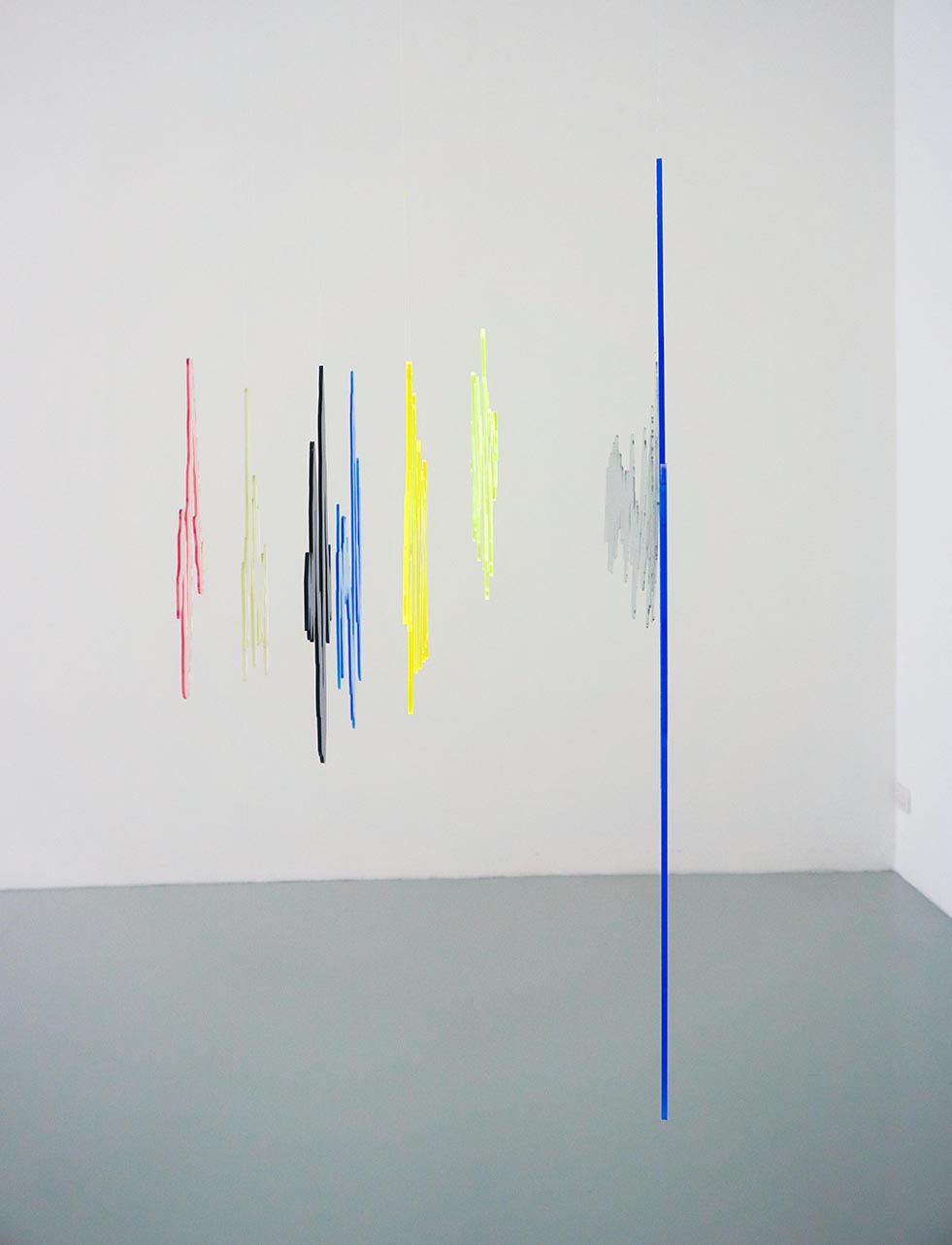
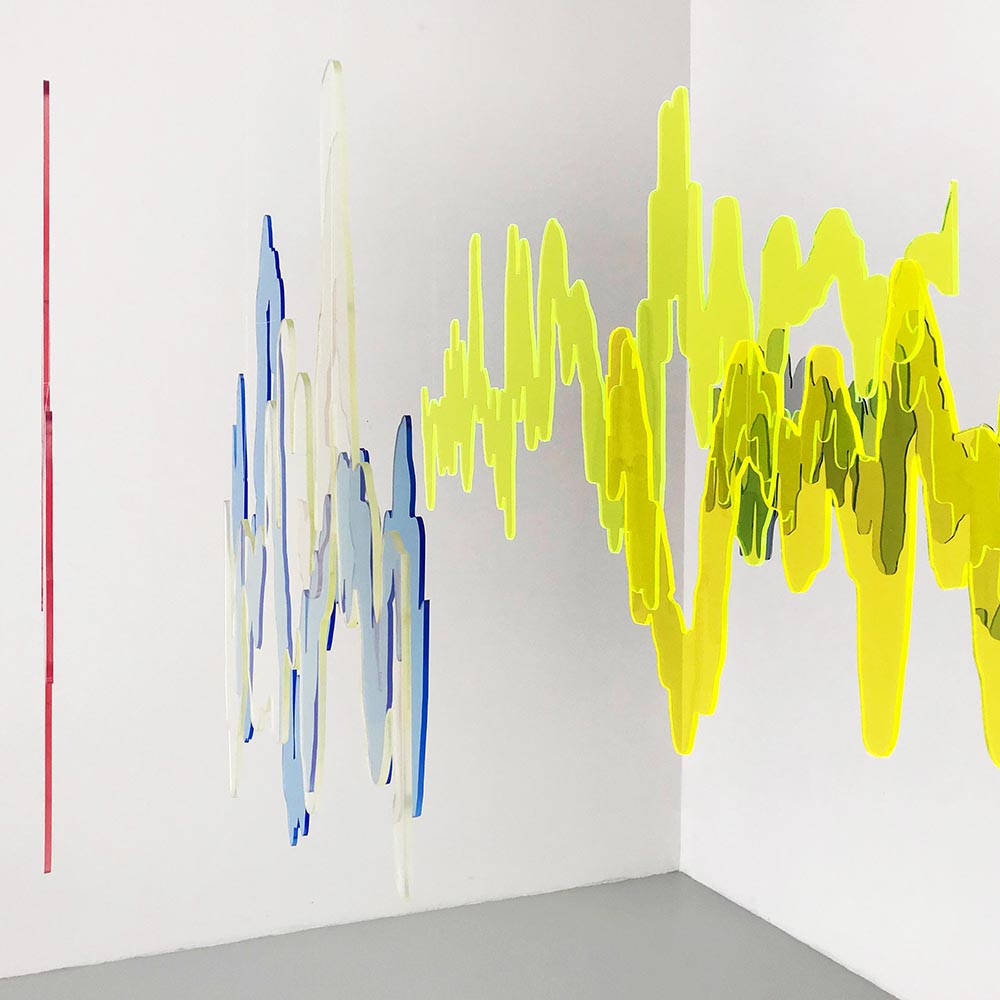
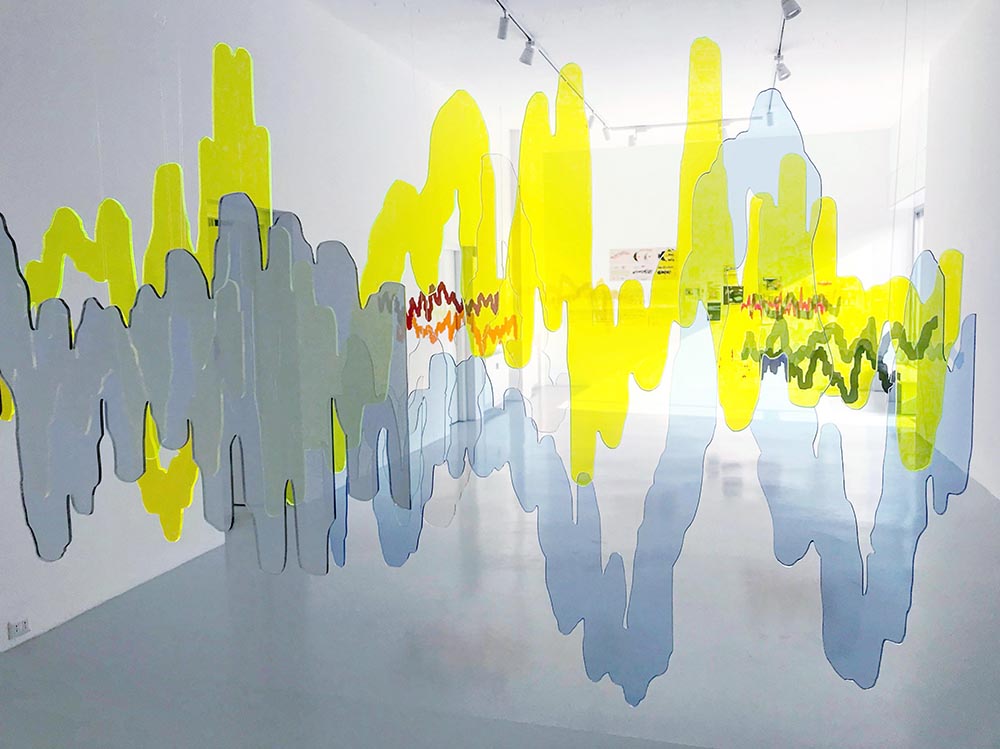
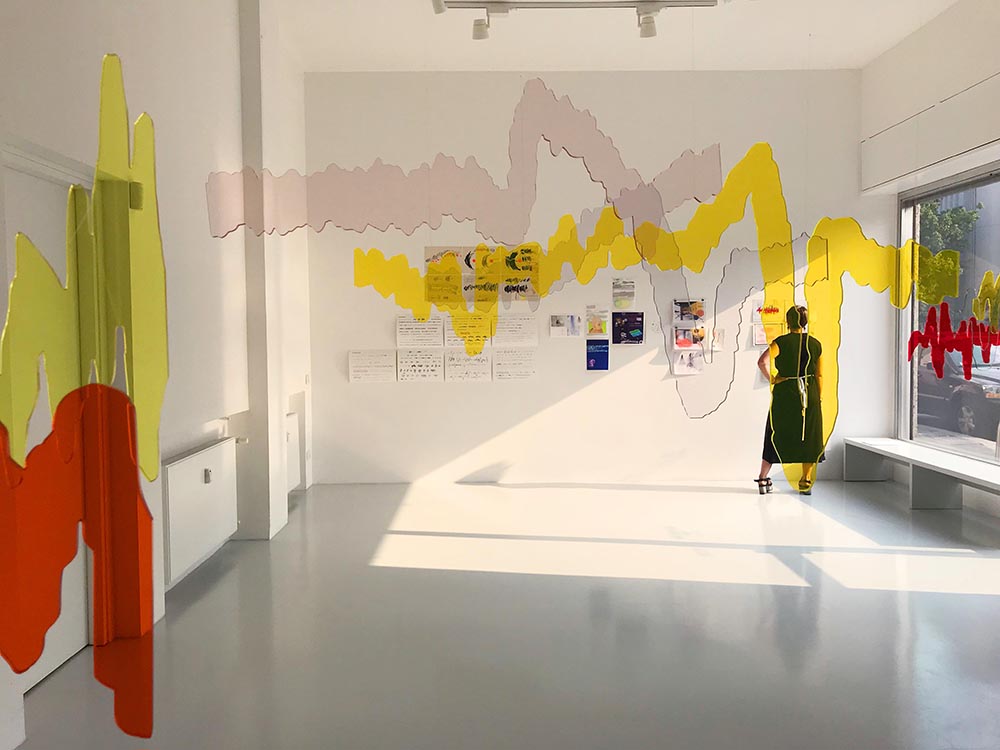
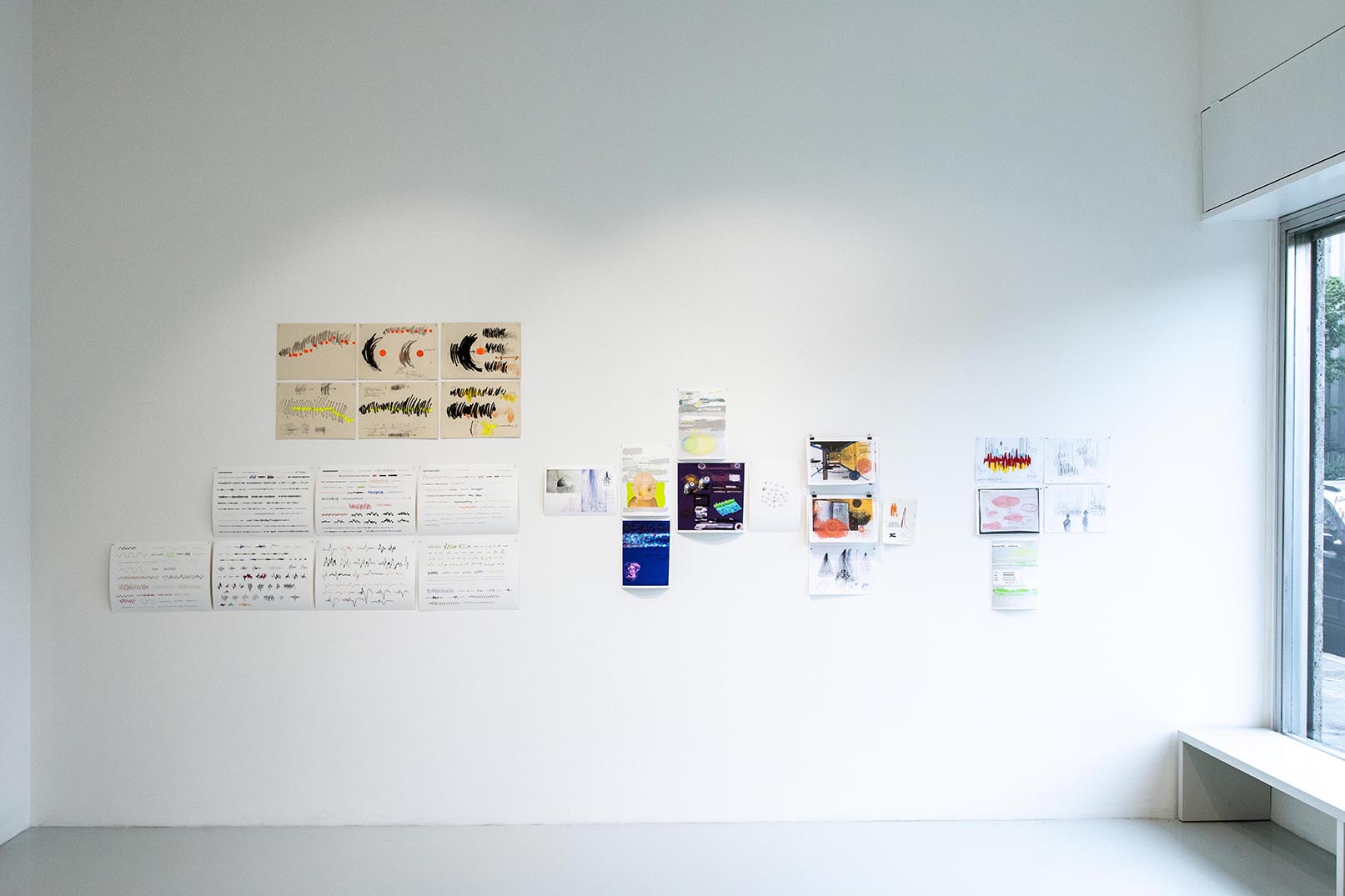
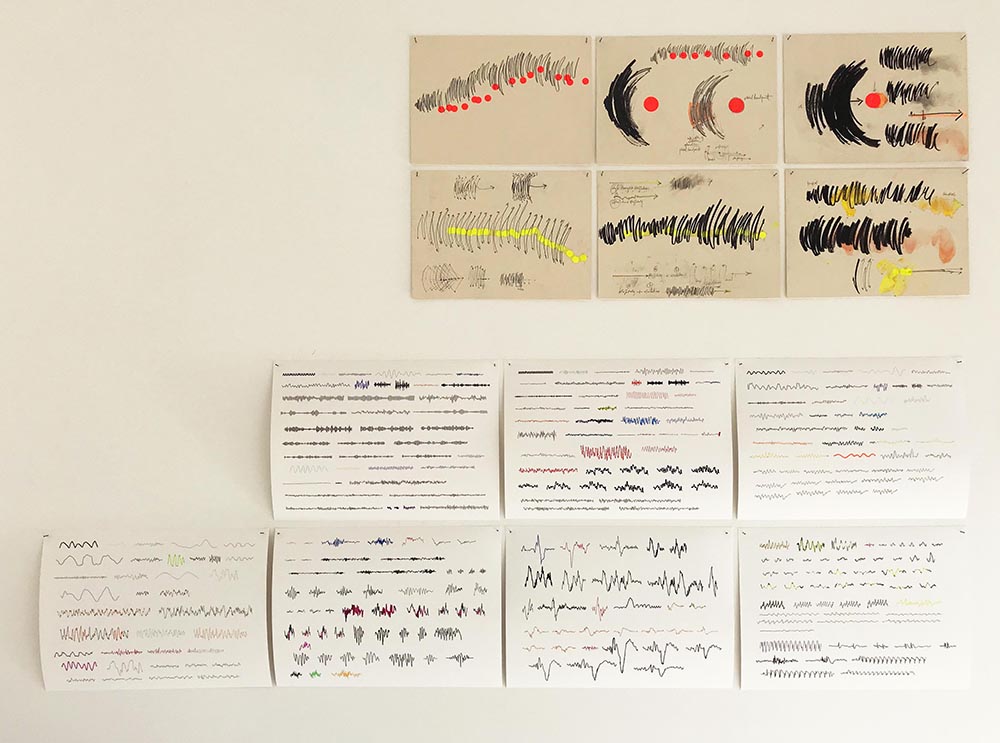
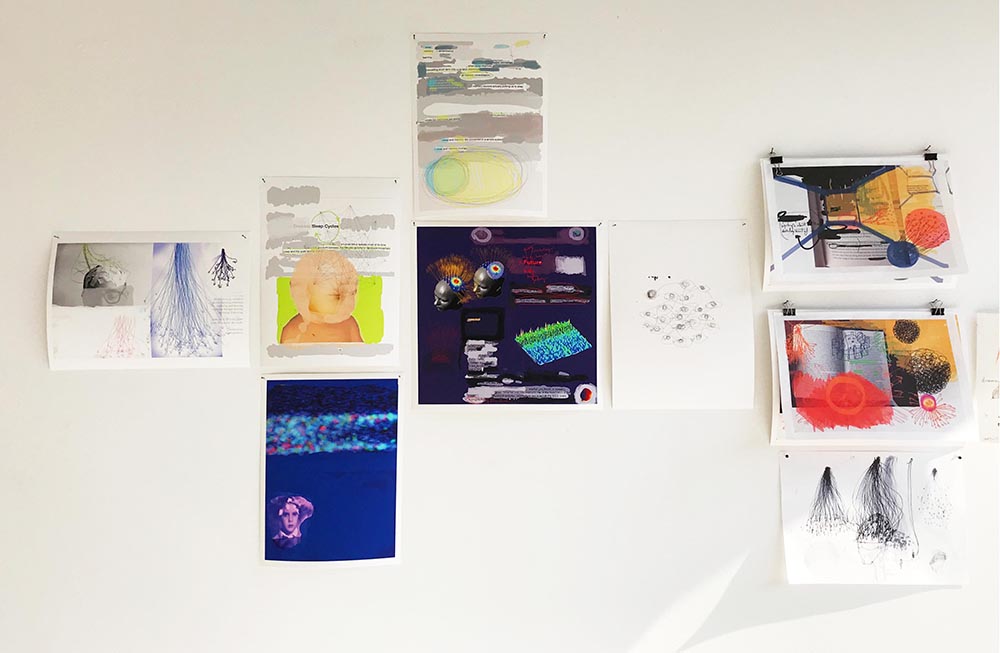
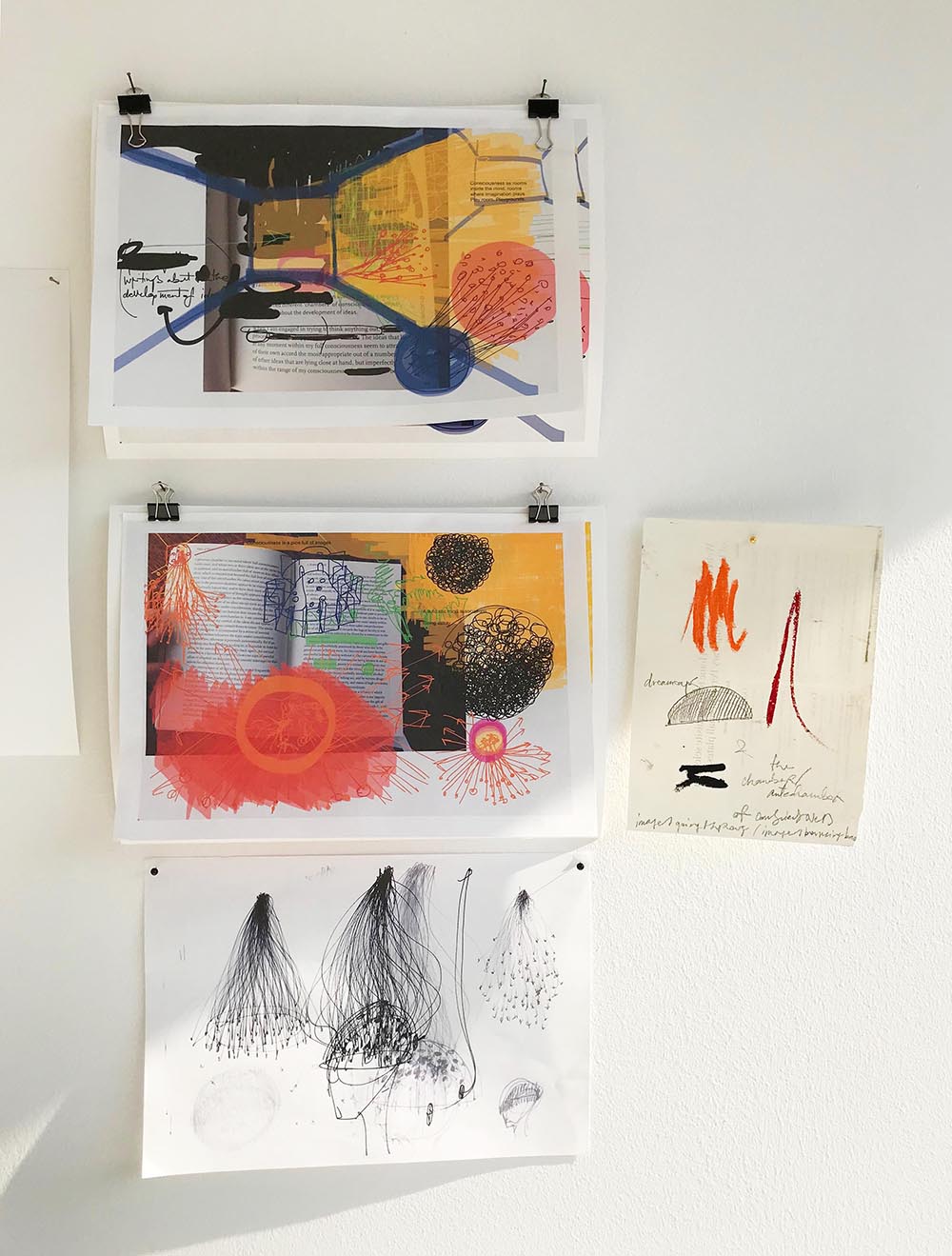
MARIA TERESA ORTOLEVA
RÊVERIE
LUCA TOMMASI ARTE CONTEMPORANEA
19/06 — 18/07/2018
FOR A GRAMMAR OF THE INCOMMENSURABLE
Text by STEFANO CASTELLI
A double of the world without constrictions or a poisonous trap plenty of nightmares? An opportunity of incommensurable freedom or an instrument of power that uses the eloquence of a strained fantasy? The concept of dream (just like that of fancy) is diverse, subject to a semantic range that, taking off from the literal meaning, soon departs into the figurative.
Maria Teresa Ortoleva’s approach to the theme of imagination and dream has, in the first instance, a diagrammatic intent, to then move to unravel nuances of meaning and aesthetic suggestions. As in a practice of only seeming reductionism, the artist leads dream and imaginative activity back to their most tangible component: brain impulses possible to write and measure thanks to their tracks. Her references are made up of various textbooks and archives, among them, resources of the Wellcome Collection, London. The artist reorganises the different types of brain activity and the different waves that represent them in a sort of alphabet: groups of consistent shapes corresponding to the same phase of the cerebral activity. They are consistent and yet not identical: although the tracks present recurring features, they visibly are all unique and unrepeatable.
The aesthetic sublimation Ortoleva operates is not just a deliberate, but almost a necessary process. When translating a brain track into an acrylic shape, the artist concedes herself little poetic licences, slightly adapting the silhouettes in view of the final balance between each single element and the installation altogether.
The choice of media and language, then, takes us even further into the field of aesthetics. The different colours identifying each single track, the transparency of acrylic glass and thus the play with light, the grouping together with the aerial and floaty layout… they throw off the balance between rationality and instinct, thus highlighting the more personal and irreducible side of imagination and dream.
Resulting from a continuous work in progress and finding here for the first time an extended and accomplished form, the project was initially conceived for the 2016-17 edition of Premio Arti Visive San Fedele. Light was the art prize theme, which the artist interpreted in connection with the idea of electric input, shock, flux or energy transfer. La Vie Intense, a text written in 2016 by the French philosopher and fiction writer Tristan Garcia, was one of the references at the heart of the project. In his text, Garcia starts from the discovery of electricity and from the symbolic universe linked to this invention, to get to the idea of a strained intensity of experience which characterises our lives today. As if to contrast and prevent the vitalistic deviation described and criticised in the essay, the artist has chosen to focus on the first part of the author’s discourse, in which he reports the uncontainable enthusiasm generated in its time by the discovery of electric power and in which he sums up the prescientific myth of electricity. Electric current was imagined as an ‘occult fluid, partly concealed to human perception: some sort of living river, intangible and invisible, secretly flowing in the heart of matter and of life.’ (Tristan Garcia, La Vie Intense - Une Obsession Moderne, Autrement, Paris, 2016, p.37)
The electric impulse as light and as an “aquatic” element, as a threshold to trespass and a happy place of indetermination: it is evident how these qualities correspond to those of the installation presented in this exhibition. It is certainly not a case of pure phantasmagoria: the approach is immediately physical and perceptive, with the shapes subtly operating to alter the vision of the space and imposing on the viewer the necessity to journey across the work.
The progression of shapes is all but casual. The first group of shapes we encounter introduces a range of the different curves that typically occur during moments of conscious reasoning, moments of fancy, of drowsiness and during the unconsciousness of deep sleep. The next three groups present and enhance by layering the waves of different phases and activities of the human brain: imagination and fancy (especially while reading, while the subject is presented with pictures and - the sharpest jumps - when opening and shutting one’s eyes); the two steps of half-sleep and unconscious sleep; and finally the REM phase, in which dream takes place.
However, categorisation does not prevail alone: the tone is softened by the lights and colours, that give the installation an almost pictorial vibe. Drawing remains a fundamental element of the work, as shown also by the works on paper on the end wall: study elements complementary to the installation and, at the same time, autonomous pieces of work that augment the variety of interpretations. And yet, the dominant impression is that of a floating immersive painting, partly virtual, abstracted from its context and from the physical limitations normally associated with it.
Because of the range of different moments represented by the silhouettes (sleep, wakefulness, dream, fancy, reading,…), one can imagine the installation altogether not to be a combination of different individuals, but the mind of one single person in which we are discretely let in, discovering the systems and functions of its complex machine of imagination and reaction to stimuli. Accordingly, the interaction with light magnifying in space the colour and shape of the hanging elements could be the influence of one’s cultural, social, or political context on the mind of the single individual.
The crossover between rationality and creativity triggers questions that form the texture of the installation. Is it possible to give scientific form to such an intimate dimension of the human soul as imagination and dream? And, at the same time, is it possible to give an art form to something that science can measure with such detail?
The dynamics at play are those between the measurability or incommensurability of the human phenomenon; and especially, that complex and contradictory game of power that influences even the most intimate and personal sides. While a mechanical rationalistic view is very popular today, also imagination at all costs is a bold feature of today’s society. So, on one side, imagination is limited, constrained into protected and ruled areas, due to its anti-utilitarian nature. On the other side, however, a patronising discourse, makes fancy become a duty, one “must have fun”, intentionally causing a push towards an anti-political forgetfulness of reality.
In the dialogue between opposed parts (rationality and instinct, science and aesthetics), the artwork and the artist take a clear stand. The reductionist starting point is a mere pretext: a method to highlight by contrast what she wants to celebrate: that is, the unicity of the human phenomenon and its freedom to produce meaning. Not an absolute and unbridled freedom from the influence of social structures, which maintain a fundamental role, but freedom from the structures of power, in relation to the want to measure and reduce everything to something programmable and ultimately easy to control.
List of works
Alpha, Beta, Theta, Delta (The Dreamy, the Busy, the Slow and Drowsy)
Acrylic glass
100 x 50 x 40 cm
BLINK! (Alpha Variations)
Acrylic glass
100 x 50 x 30 cm
Daytime Rêverie (Alpha Variations)
Acrylic glass
130 x 70 x 30 cm
Self-healing Deep Sleep (Thetas and Deltas)
Acrylic glass
100 x 50 x 40 cm
Oneiric -scape (Sawtooth, Vertex, Spindles et al.)
Acrylic glass
250 x 85 x 80 cm
Digital drawings
2018
Photos by Fabio Mantegna and by Maria Teresa Ortoleva